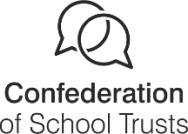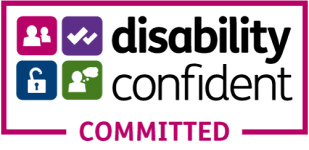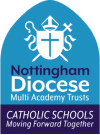Our Curriculum Aim
At The Good Shepherd our children are loved, valued and cared for. Our exciting, inclusive curriculum puts the interests and needs of all our children first and celebrates our rich and diverse community. Our curriculum has a strong emphasis on promoting speaking and listening which strengthens children’s knowledge and use of vocabulary so that they can express themselves confidently and fluently. We encourage children to be curious and ambitious, developing a lifelong love of learning which prepares them well for their future education and beyond.
We provide our children with excellent opportunities so they can learn, flourish and consistently achieve highly within a cohesive, balanced curriculum with a progressive range of knowledge and skills. Intertwined within this curriculum is access to a rich diet of texts which instils in our children, a lifelong love of reading. An emphasis on building positive character traits is embedded across school enabling children to be independent, take on challenge, build upon successes and learn from mistakes. It strives to entwine culture, knowledge and skills to create confident, talented children who have high aspirations. Exemplary standards of behaviour and pupils’ positive attitude to learning are maintained at all times to ensure every child becomes the best they can be to make a positive difference to the world around them.
Additional Curriculum Information
There are many places you can find out about our curriculum further. You can:
- Read the most recent class newsletter – found on your child’s class page
- Read the curriculum ‘SOAP’ (subject on a page) and curriculum overview which you will find below
- Read the year group curriculum overview (below)
- Talk to your child’s class teacher for specific personalised information
If you require any further information about our curriculum, please contact the school office by emailing: office@goodshepherd.notts.sch.uk

 how you can support early reading at home.
how you can support early reading at home.



